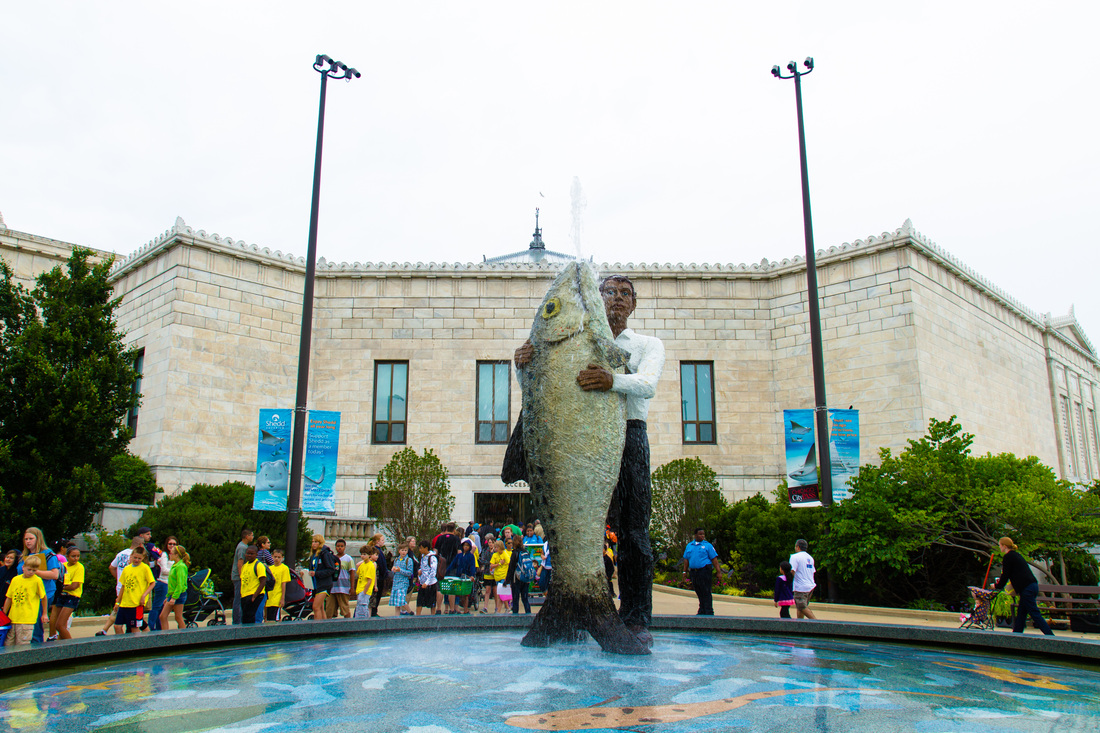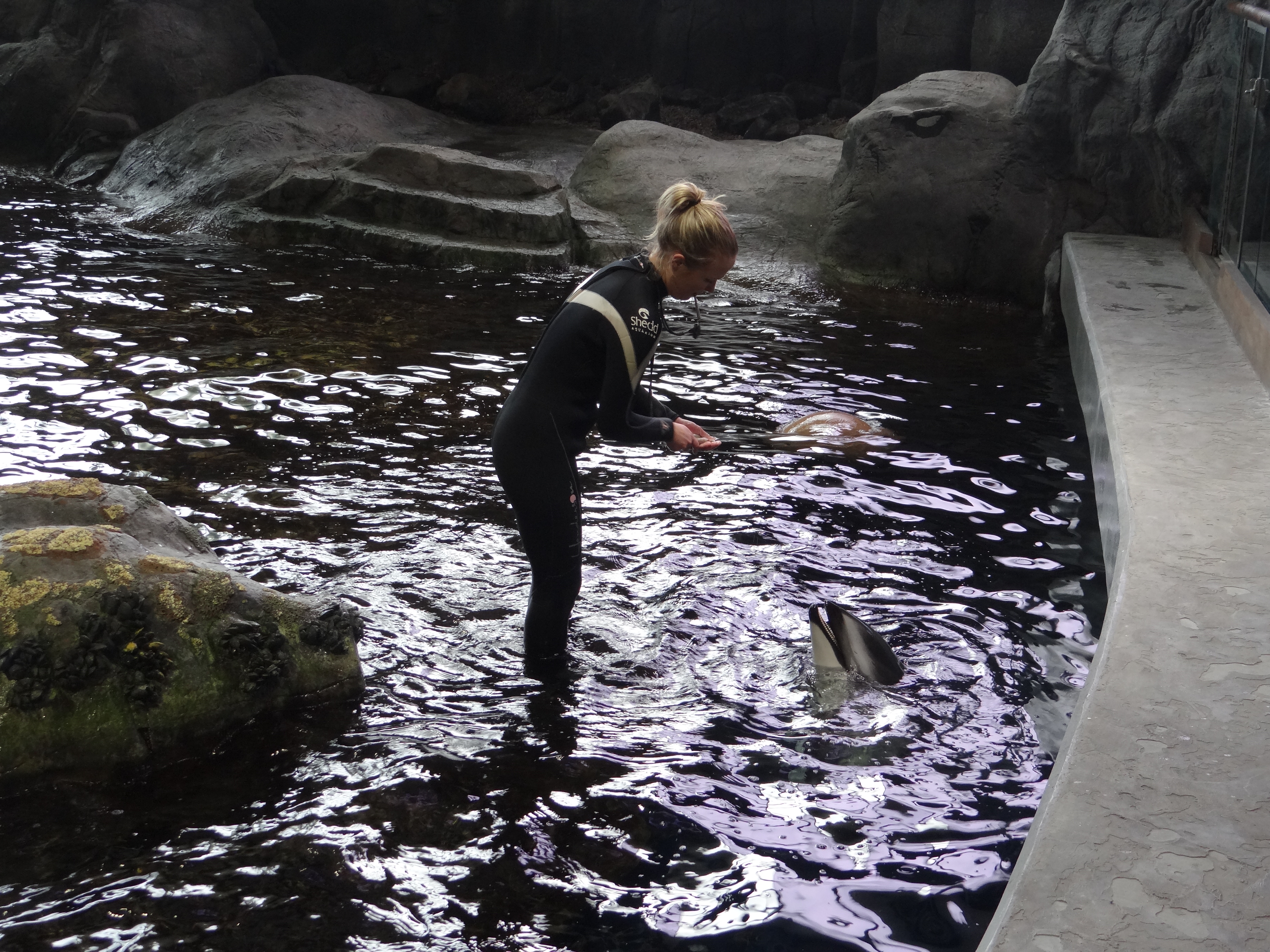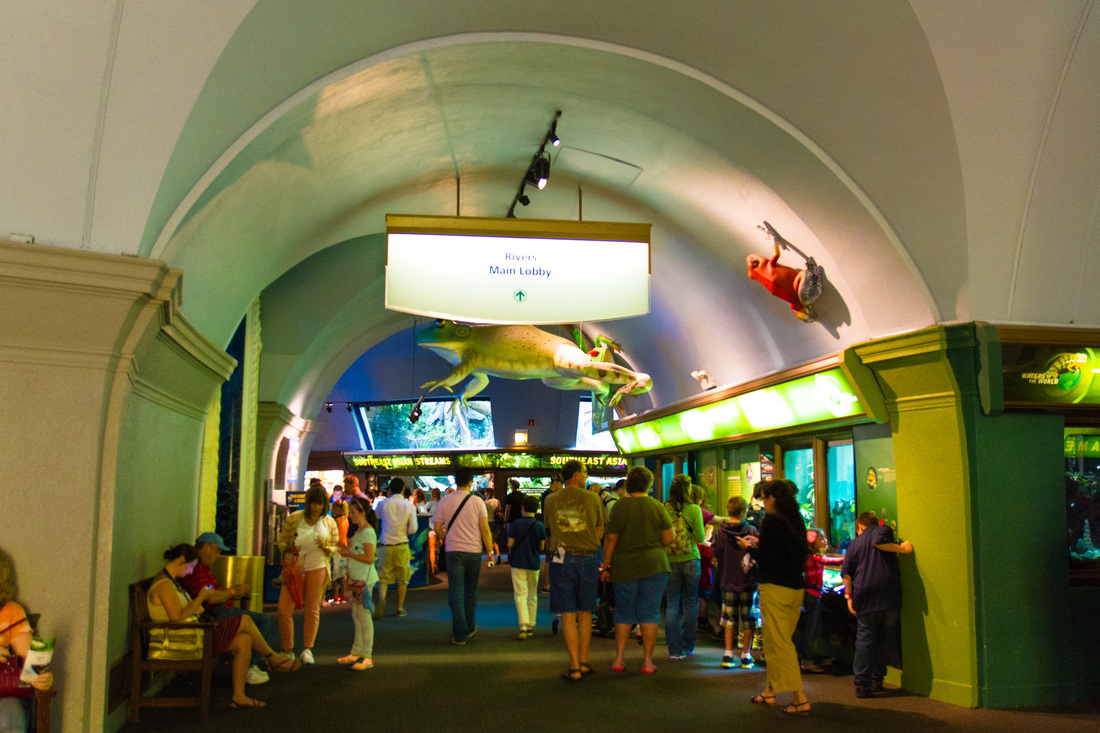

Slide presentation at meeting attended by author, 2017. Rocky Mountain Institute, Center for Energy & Environment. Osmanbasic E.: Batteries and Inverters in Solar Energy (2018). Available at: (accessed August 13, 2018). Available at: (accessed March 7, 2019).ĮIA: Planned U.S. Gimon E., Orvis R., and Aggarwale S., and Curtailment Renewables: What we can learn from grid operations in California and the Midwest. Avalable at: (MISO)Region.pdf (accessed March 7, 2019). Presentation, Slide 6, MISO, November 7, 2017.

Available at: (accessed March 7, 2019).īakke J., Duebner D., Manjure D., and Rauch L.: Evolution of the Grid in MISO Region (2017).

Prepared for McKnight Foundation & GridLab, July 31, 2018. There is also Atlantic, Japanese, Northwest Pacific, and Purple-striped Sea nettles.Vibrant Clean Energy: Minnesota’s Smarter Grid-Pathways toward a Clean, Reliable and Affordable Transportation and Energy System (2018). See Blue blubber, Eeg yolk, Flower hat, Lion's Mane, Moon, Spotted Lagoon, Umbrella, and Upside-down Jellyfish.

On Earth for millions of years, but at Shedd for only a limited time! Jellies runs through May 28, 2012. And they do it all without blood, bones, or brains. Learn how a jelly can devour enough food to double its weight each day, or how sea nettles hunt by trailing their long stinging tentacles to paralyze prey upon contact. In Shedd’s new special exhibit, Jellies, discover the intriguing ways these pulsing, translucent animals survive-and thrive-in the world’s oceans. Jellies: Be transported to the beautiful and mysterious world of sea jellies. There is also Green sawfish, Mangrove whiptail rays, Dragon moray eels, Red lionfish and many more in this beautiful tank. Wander through a lagoon and mangrove forest and visit a fishing village where residents saved their reef from destruction - all in this award-winning exhibit. Explore underwater gardens of iridescent corals and - yes - garden eels. Get as close as guests want to Black-tip reef, Sandbar, and Zebra sharks. Wilfd Reef: In a crash of waves, descend into Wild Reef and get a diver’s-eye view of a diverse marine metropolis. There is also an exhibit for 15 Southern Rockhopper Penguins. Visitors will also find a host of fishes and invertebrates that make their homes where freshwater flows into the ocean or where tides turn seascapes to landscapes and back again each day. See how the region’s animals, plants and people adapt to the water’s dramatic annual rise and fall.Ībott Oceanarium: The Abbott Oceanarium immerses guests in the vibrant coastal ecosystem of Beluga whales, Pacific white-sided dolphins, Sea otters and California sea lions. In churning river channels, still lakes and even flooded treetops look for Tetras, Turtles and fruit-eating fish called Tambaqui. Watch out for Green anacondas and Red-bellied piranhas, Asian Arawana, Goliath Bird-eating Tarantulas, three species of River rays and Dwarf caimans. Visit Caribbean Reef, Shedd’s award-winning 90,000-gallon circular habitat in the grand rotunda.Īmazon's Rising: Take an exotic journey in the Amazon, home to one-third of all living things. Get eye-to-eye with Parrotfish and Bonnethead sharks. Peek at a Green moray eel in a rocky crevice. The aquarium even has Map turtles and River otters.Ĭaribbean Reef: Take a 360-degree tour of an underwater reef community. Meet hundreds of amazing animals, from tiny Mantella frogs to a Giant Pacific octopus, from Grand Cayman blue iguanas to Nile knifefish, and from Moon jellies to Sea stars. Visit Rivers-big and small-and learn more about our own Local Waters. Explore the self-contained ecosystems of Islands and Lakes. Dive into Oceans, from coastal kelp forests to the seafloor. Waters of the World: Travel the world in 80 habitats. The aquarium received awards for best exhibit from the AZA for Seahorse Symphony in 1999, Amazon Rising in 2001, and Wild Reef in 2004. It contains 1500 species including fish, marine mammals, birds, snakes, amphibians, and insects. in 2005, and in 2007, it surpassed the Field Museum as the most popular cultural attraction in Chicago. The aquarium has 2 million annual visitors it was the most visited aquarium in the U.S. The Shedd Aquarium was the first inland aquarium with a permanent saltwater fish collection. The aquarium contains over 25,000 fish, and was for some time the largest indoor aquarium in the world with 5,000,000 gallons of water. Shedd Aquarium is an indoor public aquarium in Chicago, Illinois in the U.S.


 0 kommentar(er)
0 kommentar(er)
